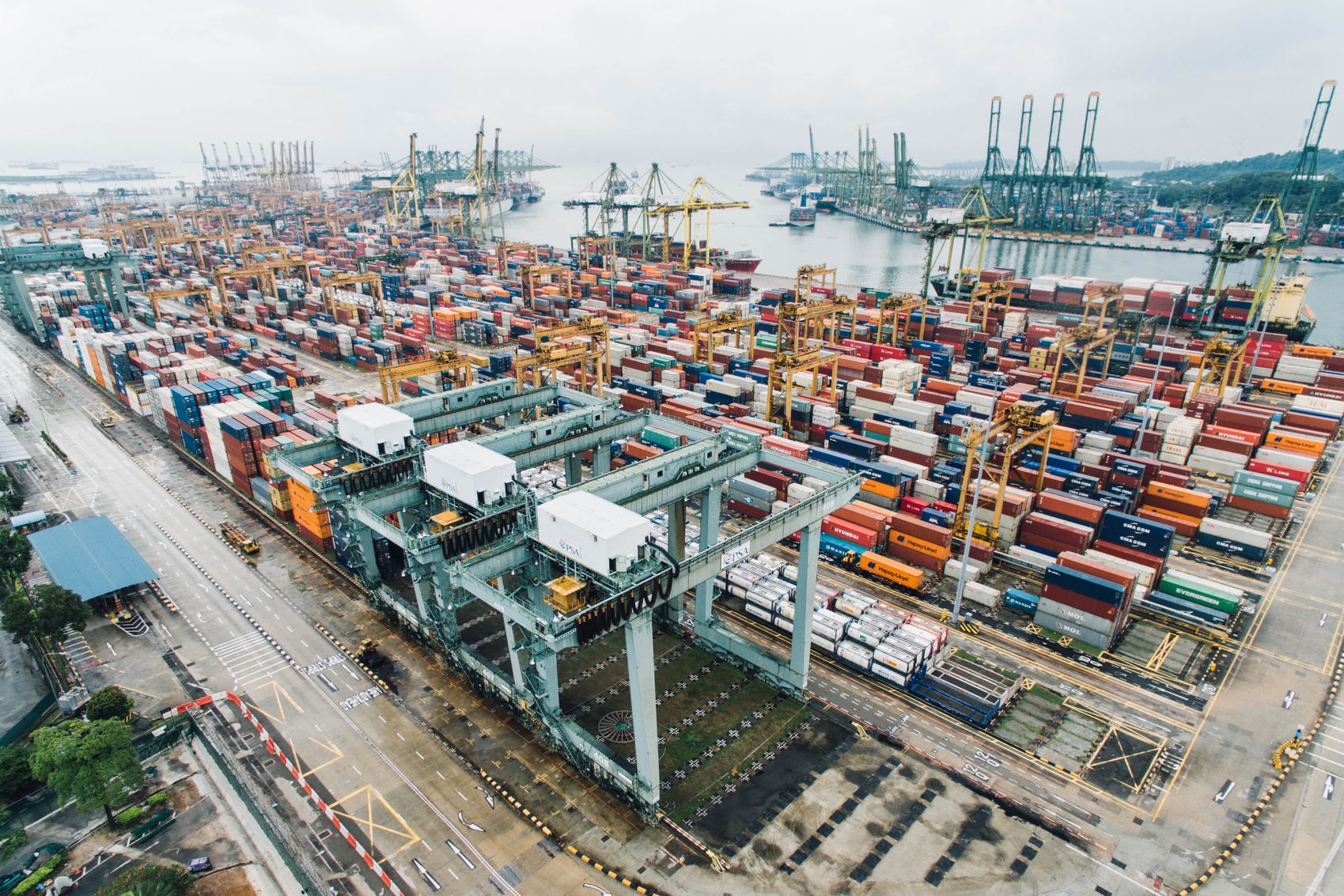In Buenos Aires on November 30th and December 1st 2018, leaders of the world will meet again. On the official agenda, trade comes first as rising trade tensions between the two largest economies could put global economic growth at risk.
In 2019, trade momentum is set to soften in line with slowing GDP growth. Not more, not less
Global trade of goods and services remained relatively resilient this year despite US protectionist rhetoric with a +3.8% growth. Volume of merchandise trade continued to rise above the average performance of 2012-2016 in a range of 2 to 4% supported by a solid growth in global demand.
In 2019, trade momentum is set to soften in line with slowing GDP growth. Volume of global trade of goods and services is expected to decelerate to reach +3.6% in 2019 (from +3.8% in 2018) and value growth is set to slow to +6.3% (from +7.2%). In USD terms, trade is expected to increase by +USD1.3tn in 2019 (from +USD1.7 in 2018).
The economic assumptions behind this forecast are as follows:
- Global economic growth will decelerate slightly in 2019 (+3.1% from +3.2% in 2018).
- Tighter monetary policy in the US is expected to lead to slower investment growth and less momentum – especially in Emerging Markets.
- As for trade prices, though we expect Brent oil prices to lower to USD69/bbl in 2019 on average, resilient currencies and stronger inflation support trade growth in value terms.
Trade War? Not really
Protectionism has had a very limited impact so far; yet sentiment, as reflected by the decline of major economies manufacturing PMIs, has been affected by trade threats.
Even if President Trump’s September 23rd announcements bumped the average US average tariffs by +1.7pp to an estimated 5.2% (which corresponds to the level of tariffs of the 1980’s), protectionism should stay under control globally.
Indeed, there are three reasons why a trade war should be avoided: Pragmatism in America, the Chinese trade safety net, and protectionism fatigue. We do expect a more constructive approach on trade from the United States and China’s retaliation to US rivalry is not breaking global trade. On the other hand, trade facilitation reforms and new free trade agreements are partially compensating for the US-China quarrel.
If push came to shove, further escalation to a trade feud (average US tariffs above 6%) could cost half a point of GDP in growth in the US, while a trade war (average US tariffs above 12%) would cost two points of GDP in the US and would trigger a global recession[1].
“Trade facilitation reforms and new free trade agreements are partially compensating for the US-China quarrel. Out of the US, countries tend to favor free trade initiatives. The last edition of the World Bank Doing Business (Doing Business 2019) points to a positive trend: trading across borders sub-score have increased in almost all major economies especially in emerging markets” said Wilfried Verstraete, chairman of the Euler Hermes board of management
New threats are rising: cost of trade, trade diversion, and political risk
Beyond protectionism, businesses should prepare for higher cost of trade, trade diversion, and rising political risk beyond protectionism.
First, the trade financing gap (USD1.5tn) will rise as monetary and financial conditions in dollar terms tighten, and currency, political and non-payment risks increase.
Second, trade diversion could create winners and losers: Asian trade pivots should benefit the most.
Last, we expect 400 new protectionist measures globally (from 560 in 2017) but sophistication, as well as confiscation and expropriation risks could increase as the economy experiments a soft landing.
Our latest Global Trade Report, published on November 29th, 2018, is available here.
[1] For more, have a look at our proprietary analytical framework about growing trade threats – Protectionism: Trade Games, Trade Feud or Trade War?.

